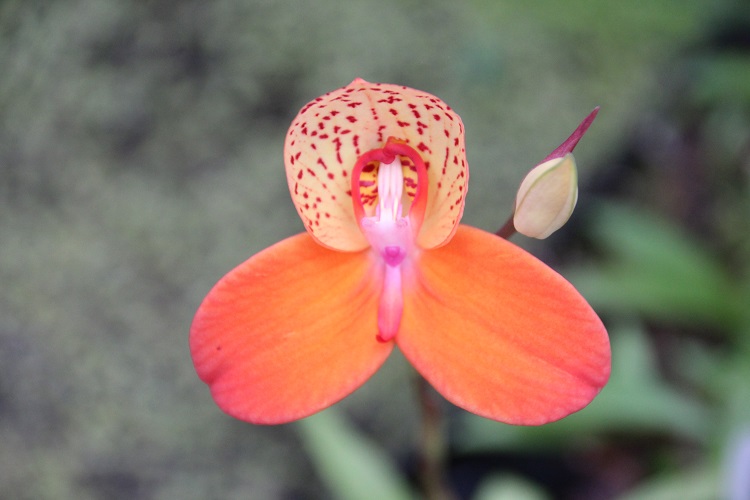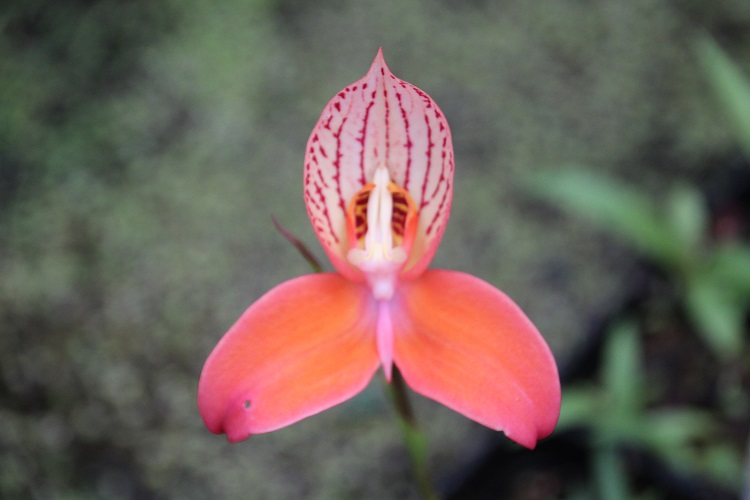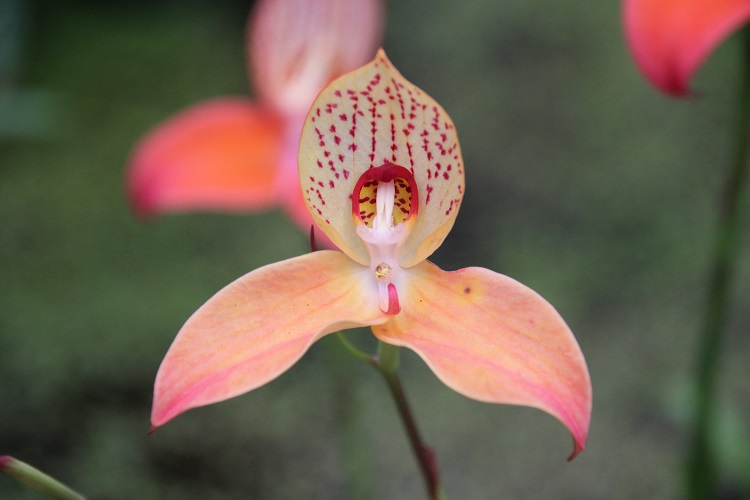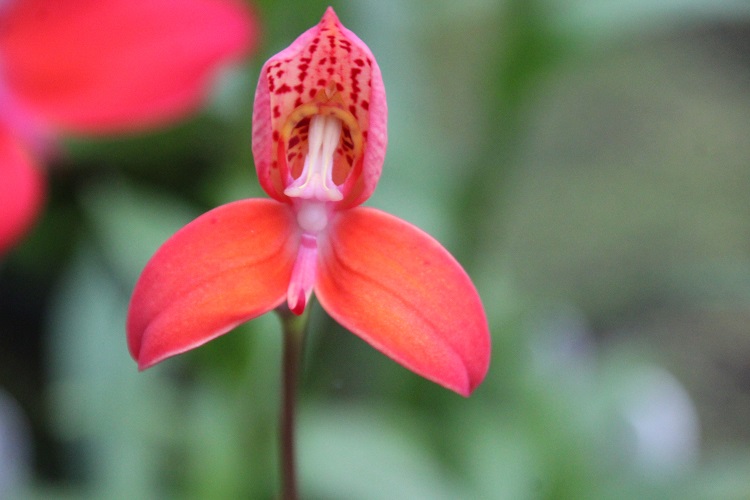
| Home | Index | Web Stuff | Copyright | Links | Me | Archive |



 |
 |
 |
 |
 |
| 12th July 2020. Disa (Kewensis x uniflora). |
|
|
|
|
One good reason for planting things out is to make more space for orchids! The Disa season has hit a peak and I did a final round of pollinations at the start of the week. It has to be the final round for the year, I already have too many pods swelling from this years hybrids. If they all produce viable seed I am going to have problems. When I pricked out the last batch of seedlings I restricted myself to 30 of each hybrid. I wasn't happy about it, but there wasn't room for any more. This group of Disa Watsonii seedlings flowered for the first time last year but this year I have to select the best and part with the rest. They were raised using the yellow orange form of D. Kewensis crossed with D. uniflora clone.7 and I was pleased to see the yellow-orange colour showing in the blooms. The flowering season is the best part of the Disa year but it also throws up the hardest decisions. I think that the second plant in this sequence is good beyond question, the others are more doubtful and choices have to be made before the flowers fade and the plants slip back into the fog of uncertainty. |